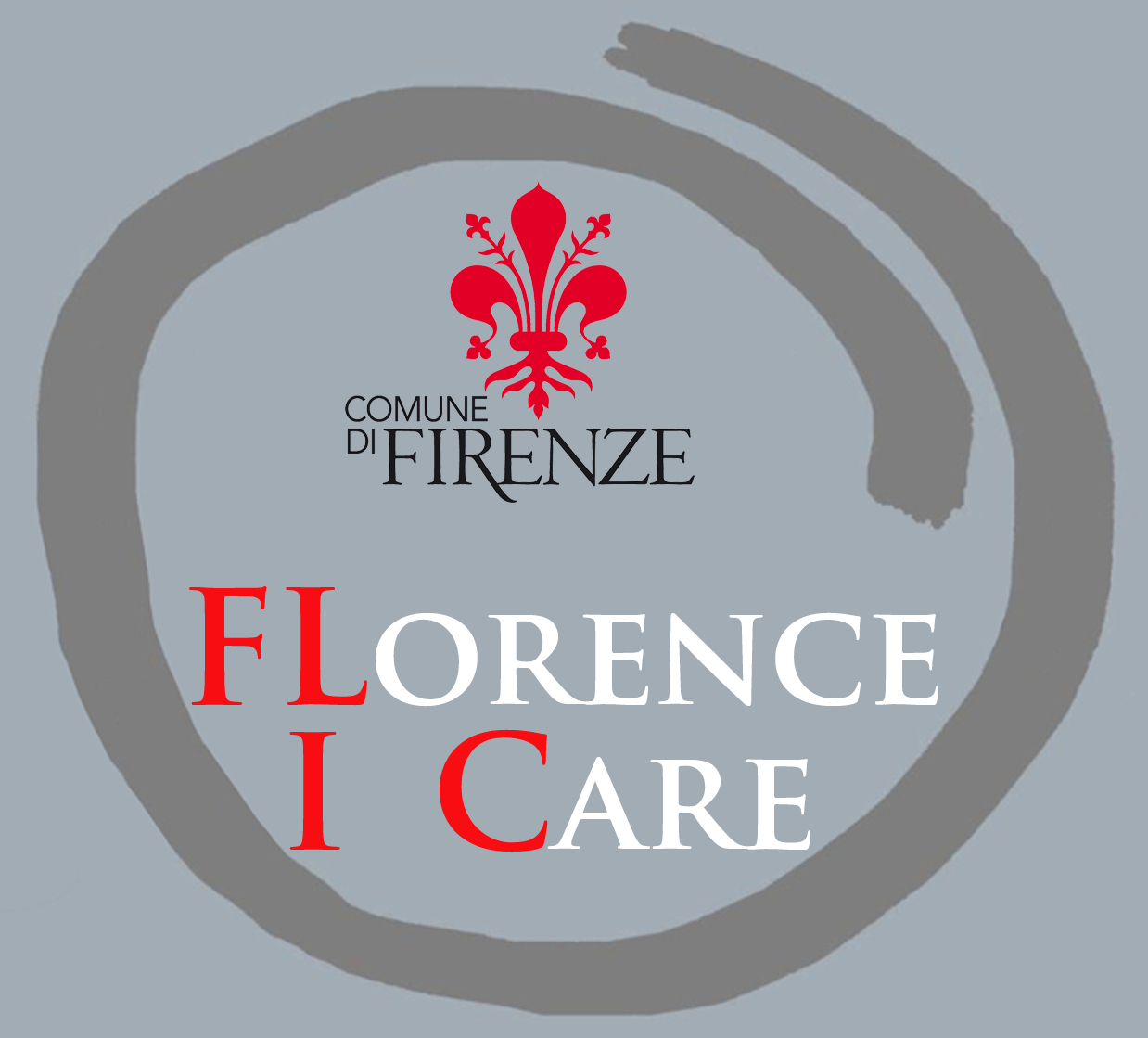Museo di S.Maria Novella Chiostro Verde/Green Cloister
restauro dell'apparato decorativo lotto II/ Restoration of the decorative apparatus, lot II

“Il colore soprattutto, forse ancor più del disegno, è una liberazione.”
Henri-Emile Matisse
Le cause dello stato di degrado in cui versano le superfici architettoniche dipinte e gli elementi strutturali in arenaria del Chiostro sono molteplici e risalgono sia alle destinazioni d’uso improprie date all’ambiente, nel quale in seguito alla soppressione napoleonica delle congregazioni religiose furono addirittura ricavate stalle militari tamponandone le arcate, che all’inquinamento ambientale e al clima e allo loro interazione negativa con i materiali impiegati nel corso di interventi di restauro pregressi, realizzati secondo le metodologie allora in uso.
The causes of the degradation faced by the painted surfaces architectural and by the structural elements in sandstone of the Cloister are many and date back to the improper destination of use given the environment in which, after the Napoleonic suppression of religious congregations, were even obtained military stables dabbing the arches. The degradation is also caused by environmental pollution and climate and by their negative interaction with the materials used during previous restorations, made with the methods then in use.
Valore dell’intervento/Value of intervention: € 300.000,00
Durata dei lavori/Time Line:540 giorni/days
Tipologia dell’intervento: l’intervento di restauro di cui ci si propone la realizzazione prevede quanto segue:
- restauro delle volte affrescate dei porticato;
- restauro degli intonaci parietali con riqualificazione della fascia basamentale;
- restauro di tutti gli elementi architettonici lapidei, quali pilastri e relativo basamento murario perimetrale di appoggio, peducci e modanature;
- restauro delle catene e altri elementi metallici;
- opere per la ricollocazione in situ degli affreschi staccati di Paolo Uccello e bottega;
- protezione delle opere dall’irradiazione solare.
Type of intervention: the restoration project of which we propose the realization provides:
- Restoration of the frescoed vaults of the portico;
- Restoration of the plaster wall with requalification of the basement band;
- Restoration of all the architectural stones, such as pillars and their perimeter masonry base of support, corbels and moldings;
- Restoration of the chains and other metal elements;
- Works for relocation in situ of detached frescoes by Paolo Uccello and workshop;
- Protection of works against solar radiation.
Attrattività: Alta, per possibilità di allestimento dell’area di deposito del cantiere sullo spazio esterno, prospiciente piazza Stazione. Inoltre il cantiere sarà ben visibile a tutti i visitatori del Museo di Santa Maria Novella.
Attractiveness: High for the possibility of setting up of the storage area of the construction site on outer space, overlooking the Station square. In addition, the site will be visible to all visitors of the Museum of Santa Maria Novella.
Notizie storico-artistiche: il complesso monumentale di Santa Maria Novella è universalmente riconosciuto come una delle più importanti opere architettoniche esistenti, il cui pregio è riassunto e ben rappresentato, nell’immagine pubblica, dalla facciata della chiesa, indiscusso capolavoro di Leon BattistaAlberti. La costruzione del Chiostro adiacente alla nuova basilica domenicana di Santa Maria Novella, oggi identificato con il nome di Chiostro Verde, ebbe inizio nel 1332, a partire dalle arcate in aderenza alla muratura longitudinale esterna della navata occidentale della Chiesa e, com’era stato per essa, alla cui costruzione avevano concorso più monaci, fu progettato da un converso domenicano, Fra’ Giovanni da Campi, che ne segui l‘esecuzione fino al 1339, anno della sua morte. Gli successe Fra’ Jacopo Talenti, che già aveva disegnato e portato a termine lo splendido campanile del complesso basilicale. Il Chiostro Verde prende nome dal colore dominante del ciclo di affreschi sulla storia della Genesi che vi fu realizzato verso al metà del Quattrocento, nei quali la tonalità della terra verde è prevalente, e di cui fanno parte i celebri episodi biblici dipinti da Paolo Uccello e bottega nel portico orientale, ai quali il chiostro deve gran parte della sua fama. Tali opere, staccate e restaurate nella seconda metà del Novecento, sono in restauro presso l’Opificio delle Pietre Dure. Per ricollocarle in situ è necessario eseguire il restauro del porticato cui appartengono, quello adiacente alla Chiesa, nell’ambito di un intervento che avrà il compito di riqualificarne l’immagine e di costituire il modello per il restauro dell’intero Chiostro.
Historical and artistic information: the monumental complex of Santa Maria Novella is universally recognized as one of the most important architectural works in existence, whose value is summed up and well represented in the public image, by the facade of the church, the undisputed masterpiece of Leon Battista Alberti. The construction of the cloister adjacent to the new Dominican basilica of Santa Maria Novella, now identified as the Green Cloister, began in 1332, starting with the arches in adherence to the masonry of the outer longitudinal Western nave of the Church and, as it had been for it, at the construction of which had contributed many monks, it was designed by the Dominican Fra 'Giovanni da Campi, that followed the execution until 1339, the year of his death. He was succeeded by Fra 'Jacopo Talenti, who already had designed and completed the beautiful bell tower of the basilica complex. The Green Cloister is named after the dominating color of the frescoes on the stories of Genesis that was realized towards the middle of the fifteenth century, where the shades of green land is prevalent, and which includes the famous biblical scenes painted by Paolo Uccello and his staff in the eastern portico, to which the cloister owes much of its fame. These works, detached and restored in the second half of the twentieth century, are under restoration at the Opificio delle Pietre Dure. To put them back in place is needed to restore the porch where they belong to, the one adjacent to the Church, as part of an operation that will be tasked to upgrade its image and set as a model for the restoration of the Cloister.
